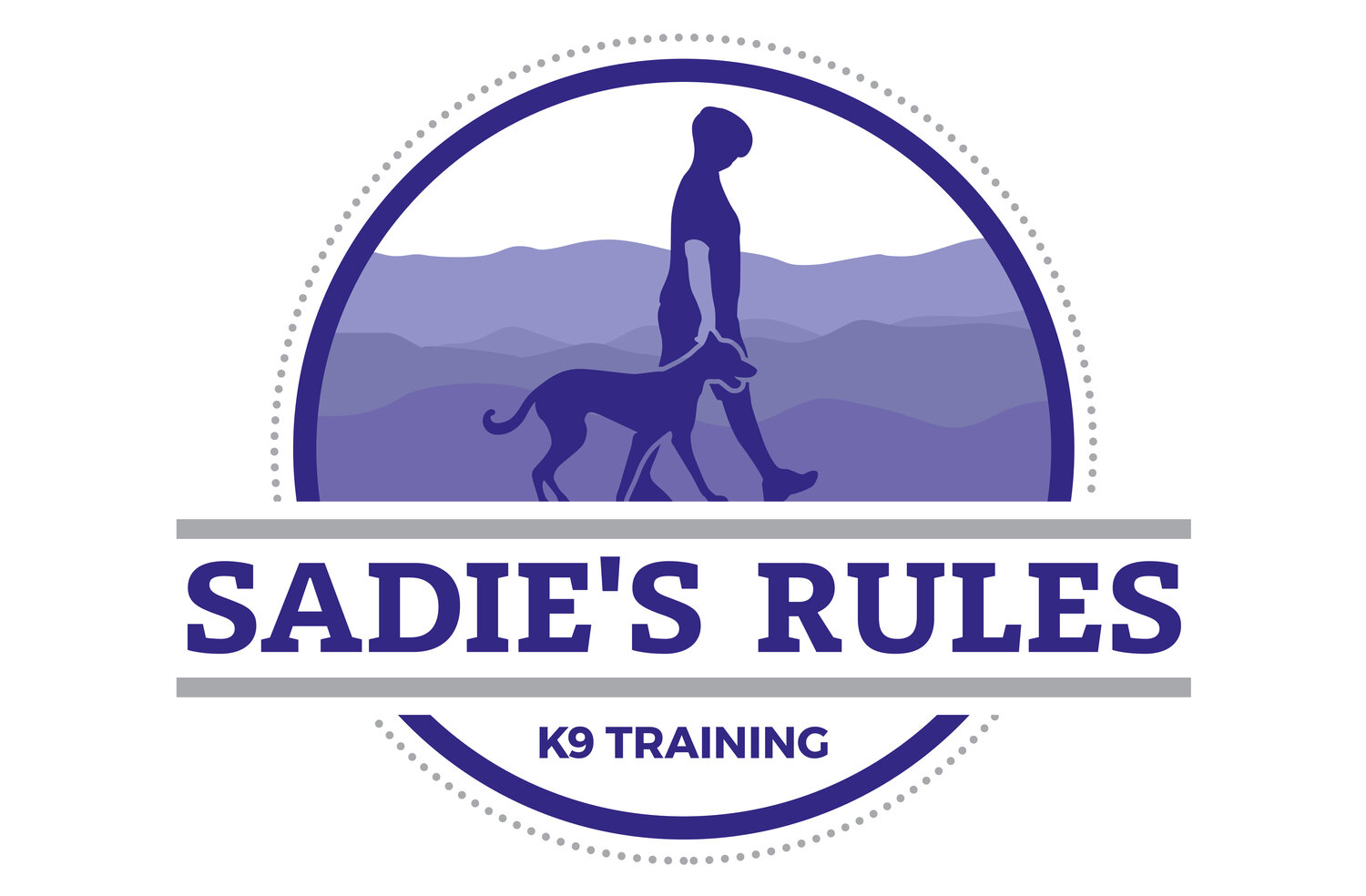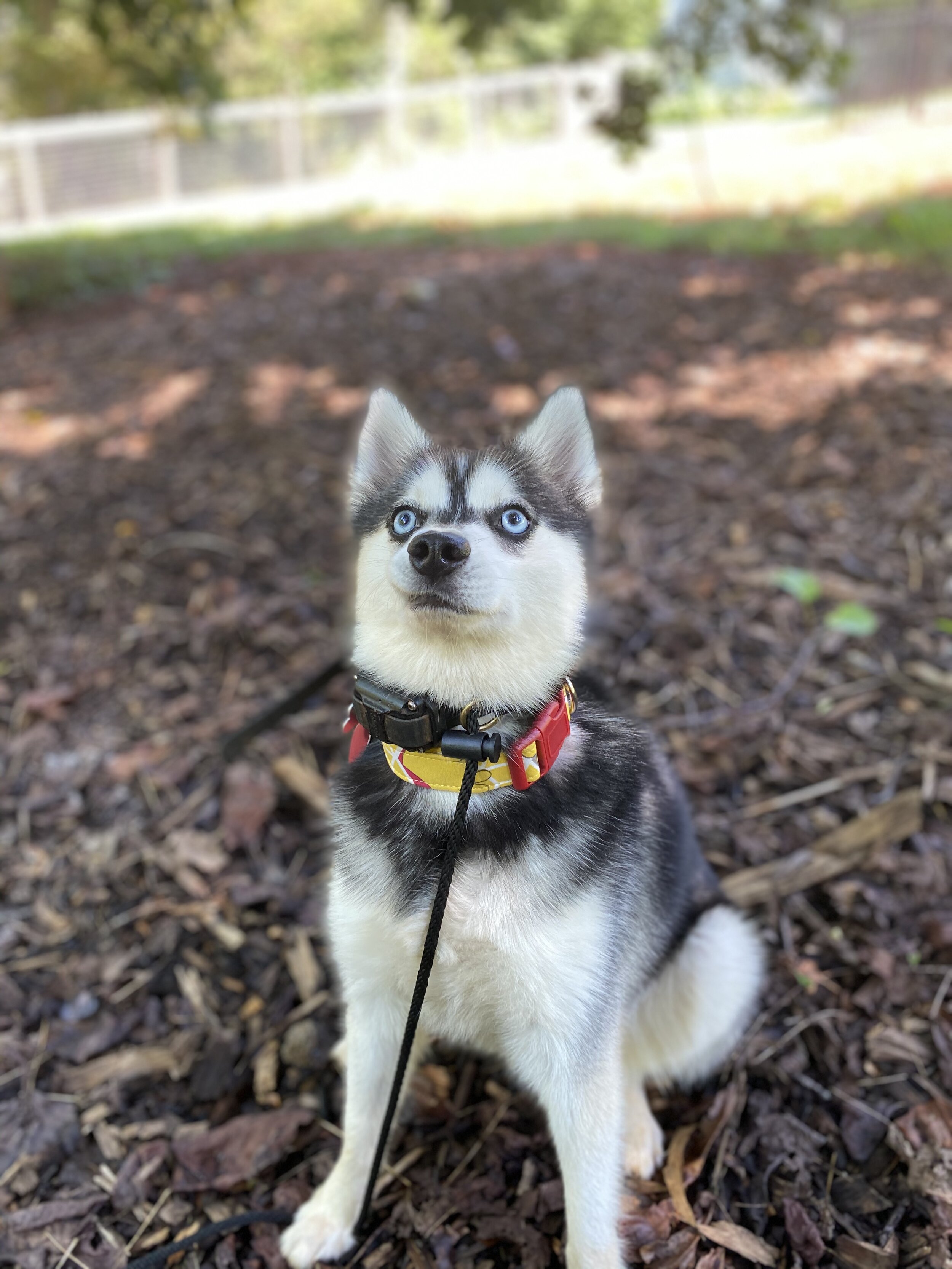Dog owners are often worried about what things will be like once their dog returns home from the board & train. Will my dog still be himself? Will the good behavior last? Will I know what to do? These are totally reasonable questions, so I thought I’d take some time to address some of these concerns here. I’ll touch on the three main things to know about the post-board and train reality: the difference between personality and behavior, what we do to bridge the gap between my home and yours, and what you need to do to maintain your dog’s good behavior.
The difference between personality and behavior
“My dog will still have his personality, right?”
This is one of the most commonly asked questions from dog owners considering a board & train. The answer is an unequivocal YES! Personality cannot be trained. Behaviors can be taught, patterns can be trained, and attitudes can be adjusted, but personality? Not so much. Here are some examples of what that could look like for your dog:
If you have a happy-go-lucky dog who is just a bit “too much,” your dog will come home a happy-go-lucky dog who now has some impulse control.
If you have a nervous nellie, your dog will come home as a bit-less-nervous nellie who has gained some confidence and some healthier coping skills.
If you have a pushy, headstrong dog, your dog will come home a pushy, headstrong dog who has a lot more respect for the humans in his life.
Our mission is to help your dog become the best version of himself, not a different dog altogether. No matter what your dog’s disposition is, your dog will return home with better obedience, well trained good behavior patterns, and a clear method of communication. You will also be trained on how to communicate with your dog, how to utilize these new patterns, and how to keep your dog’s skills fresh.
Bridging the gap between my home and yours
The kiss of death in a board & train program is to send the dog home with no plan. Without a plan, your dog will arrive home and be like “Thank goodness that’s over!” and go right back to his old behavior. The reason this happens is because a dog’s behavior has a lot to do with their associations with their environment and their relationships with their humans. If we send you home without a plan to address those two factors (or if you don’t follow the plan!) then your dog will revert right back to his old behavior patterns as if training never happened.
This doesn’t mean a board & train is a bad idea, it just means the board & train MUST include a plan for the owner to follow once the dog returns home. During our go-home lessons, we teach you everything you need to know:
How to communicate with your dog using the new tools
How to structure daily life for your dog
How and when to put your dog’s new skills to use
What to watch out for and what to do if you need help
These go-home lessons include practical things like how to walk your dog, when he should be crated, and how to turn the remote on and off. It also includes theoretical aspects such as how to create a leader-follower relationship with your dog, why structure has such a powerful influence on a dog’s behavior, etc. We send you home empowered with a new skill set and a detailed plan to make sure that all the good behavior we established at my house goes home to yours.
Maintaining good behavior for the long haul
Simply put, the clients who are successful over the long haul are the clients that follow through with the training. Here are a few specifics of what that looks like.
Clients who experience long-term success:
Use training tools on a daily basis
Consistently follow through with rewards for good behavior and corrections for bad behavior
Utilize elements of structure in the dog’s daily life
Take their dog for a structured walk most days of the week
Ask for help when they need it
Don’t push their dog too far, too fast
Accept their dog for who they are
All of our clients receive lifetime support via email as well. I care deeply about the dogs I train and the people who love them, and you can always contact me for help or advice.

